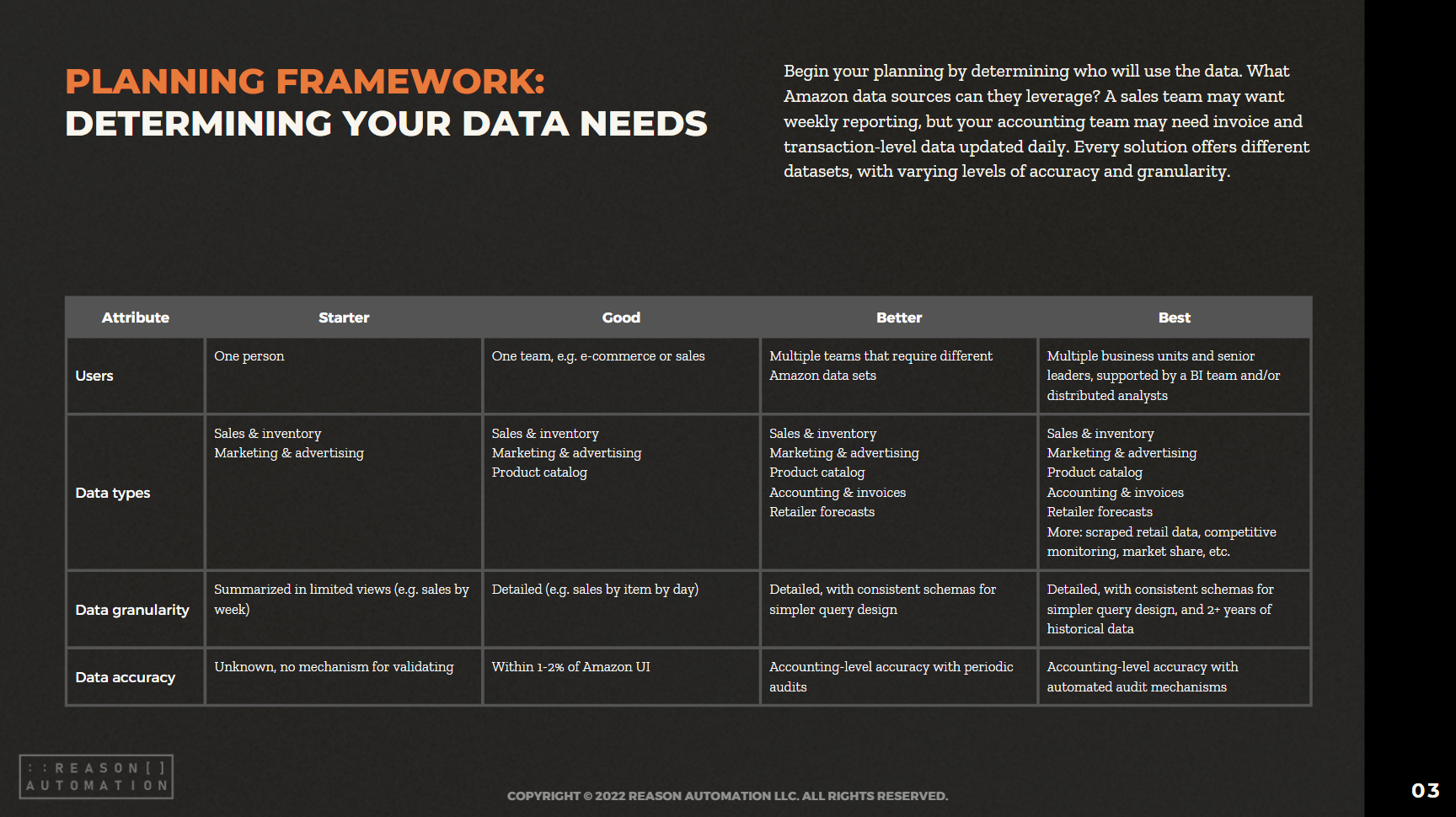What ‘Buy With Prime’ Means for Sellers Who Want to Control Their Data
Amazon recently announced their new Buy With Prime program, which will allow merchants to sell their products with Prime benefits on their own websites. Sellers should be aware that this has major implications when it comes to their data.
Amazon announced the initiative on April 21 in a press release, stating the program will "extend the convenience of Prime shopping to online stores beyond Amazon.com." This program is available by invitation only for merchants who already use Fulfillment by Amazon (FBA), although it could expand in the future.
"Buy with Prime will allow millions of U.S.-based Prime members to shop directly from merchants’ online stores with the trusted experience they expect from Amazon—including fast, free delivery, a seamless checkout experience, and free returns on eligible orders," the statement reads. "Prime members will see the Prime logo and delivery promise on eligible products in merchants’ online stores, which signals the item is available for free delivery, as fast as next day, with free returns. When shopping with Buy with Prime, checkout is simple and convenient. Prime members will use the payment and shipping information stored in their Amazon account and receive timely shipping and delivery notifications after an order is placed."
As a Verge article noted, sellers often complain that Amazon tightly controls their relationships with customers, meaning Amazon is collecting data on everything you sell. "However, by offering Prime benefits on merchants’ own sites, Amazon is loosening its grip somewhat on that customer relationship, potentially easing tensions with merchants," the article noted, while adding that Amazon will charge certain fees to put Buy With Prime buttons on their sites.
But sellers are skeptical about the program when it comes to data. One user posted a question on Reddit asking whether sellers would use this program and if "it takes away from your direct customer relationships knowing Amazon will own the data and PII [personally identifiable information]?"
A response to that question: "Amazon is a data mining company. They guard their data so tightly because they know how valuable it is. ... So no, I will never use nor recommend this."
Andrew Hamada, co-founder and chief executive officer of Reason Automation, said that sellers are right to a certain degree to be concerned about Amazon using third-party sales data to inform their own product decisions. "It's important for sellers to check the terms of the agreement," he said.
He added that whether Buy With Prime is a good choice for a seller depends on the individual seller's goals and situation, as there are clear benefits to using the program in addition to the potential downside.
"There are some sellers who view this as a positive thing versus selling on Amazon, because Amazon promises to give you the customer contact info for customers who use Buy With Prime, whereas they don't share customer contact info for normal FBA orders," he said.
Read More:
Top 8 Methods for Accessing
Amazon Seller Data
As an Amazon seller, you know that data can be the difference between thriving as a company and losing share to competitors. But Amazon data has plenty of quirks, and acquiring it can be an unexpected challenge. This guide will help you understand your options for accessing and managing Amazon seller data, and each option’s potential impact on your business.
READ MORE:
Turn Amazon Data into a strategic Asset
The breadth of Amazon sales, marketing, and supply chain data lets brands find patterns and insights to optimize their Amazon business and other e-commerce channels. But only if you have a plan for extracting the data from Amazon systems, storing it, and preparing it for analysis.
This guide will help you take ownership of your Amazon data—by preparing your business for a data-driven future, and analyzing the most common methods for extraction, automation, storage, and management.


